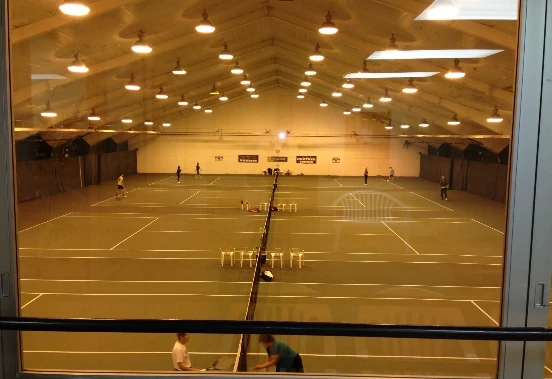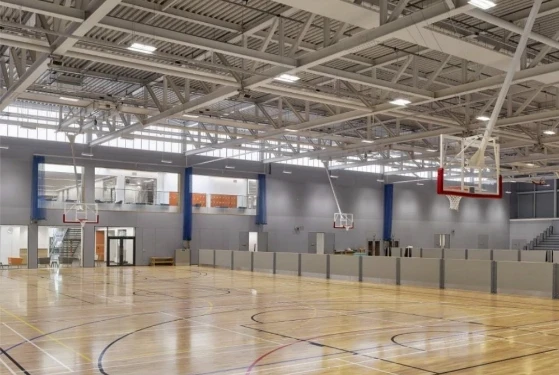- afrykanin
- albański
- amharski
- arabski
- ormiański
- azerbejdżański
- baskijski
- białoruski
- bengalski
- bośniacki
- bułgarski
- kataloński
- Cebuański
- korsykański
- chorwacki
- Czech
- duński
- Holenderski
- język angielski
- esperanto
- estoński
- fiński
- Francuski
- fryzyjski
- galicyjski
- gruziński
- Niemiecki
- grecki
- gudżarati
- Kreolski haitański
- hausa
- hawajski
- hebrajski
- Nie
- Miao
- język węgierski
- islandzki
- ibo
- indonezyjski
- Irlandczyk
- Włoski
- język japoński
- jawajski
- Kannada
- kazachski
- Khmer
- Rwandyjski
- koreański
- kurdyjski
- Kirgiski
- gruźlica
- łacina
- łotewski
- litewski
- luksemburski
- macedoński
- Malgashi
- malajski
- malajalam
- Maltański
- Maoryski
- Marathi
- mongolski
- Myanmar
- Nepalski
- norweski
- norweski
- oksytański
- paszto
- perski
- Polski
- portugalski
- Pendżabski
- rumuński
- Rosyjski
- Samoański
- szkocki gaelicki
- serbski
- język angielski
- Shona
- Sindhi
- syngaleski
- słowacki
- słoweński
- somalijski
- hiszpański
- Sundajczyk
- Suahili
- szwedzki
- tagalski
- tadżycki
- Tamil
- Tatar
- telugu
- tajski
- turecki
- Turkmenów
- ukraiński
- urdu
- Ujgur
- uzbecki
- wietnamski
- walijski
- Pomoc
- jidysz
- Joruba
- Zulus
lip . 28, 2025 10:39 Powrót do listy
In the realm of modern construction, prefabricated steel structures have revolutionized industrial and commercial building practices. These innovative solutions, including prefabricated storage buildings, prefabricated warehouse buildings in steel, premade metal buildings, and premanufactured metal buildings, offer unmatched efficiency, durability, and versatility. Designed to meet the demands of various sectors—from logistics and manufacturing to agriculture and retail—these structures exemplify the fusion of advanced engineering and streamlined construction processes.
The Core Advantages of Prefabricated Steel Structures
Prefabricated steel structures stand out for their rapid deployment and structural integrity. Constructed off - site in controlled factory environments, these structures minimize on - site labor and weather - related delays. For instance, in large - scale industrial projects, prefabricated steel structures can be assembled in a fraction of the time required for traditional construction, allowing businesses to operationalize new facilities quickly. The use of high - grade steel ensures resistance to corrosion, fire, and extreme weather conditions, making them ideal for long - term use. Additionally, their modular design enables easy expansion or modification, providing flexibility as operational needs evolve.
Optimizing Storage with Prefabricated Storage Buildings
Prefabricated storage buildings offer tailored solutions for organizations requiring efficient space management. These structures are engineered to maximize storage capacity while ensuring easy access and workflow. In agricultural settings, prefabricated storage buildings are used to house equipment, crops, and livestock, with designs that prioritize ventilation and durability. For commercial enterprises, such buildings can be customized with features like high - capacity shelving, climate control systems, and secure access points. The prefabricated nature of these structures ensures that they can be installed in remote or challenging locations with minimal disruption, making them a cost - effective choice for storage needs across industries.
Industrial Scale with Prefabricated Warehouse Buildings in Steel
Prefabricated warehouse buildings in steel are designed to meet the rigorous demands of modern logistics and manufacturing. These structures often feature expansive open floor plans, high ceilings, and heavy - duty foundations to accommodate forklifts, conveyor systems, and large inventory volumes. The use of steel in their construction provides the necessary strength to support mezzanines, overhead cranes, and other industrial equipment. For e - commerce and distribution centers, prefabricated warehouse buildings in steel offer scalable solutions that can be rapidly deployed to meet growing storage and fulfillment needs, ensuring businesses stay ahead in fast - paced markets.
Efficiency and Flexibility with Premade Metal Buildings
Premade metal buildings cater to a wide range of applications, from small - scale workshops to large - scale commercial spaces. These structures are pre - engineered with precision, ensuring that all components—from beams and columns to roofing and siding—fit together seamlessly. In the retail sector, premade metal buildings can be transformed into showrooms or distribution hubs, with customizable exteriors that align with brand aesthetics. For manufacturers, they provide flexible floor plans that can adapt to changing production requirements, such as the addition of new machinery or assembly lines. The speed of installation for premade metal buildings also reduces downtime, allowing businesses to start operations sooner.
The Versatility of Premanufactured Metal Buildings
Premanufactured metal buildings combine the benefits of prefabrication with the durability of metal construction. These structures are often used in harsh environments, such as coastal areas or regions with high winds, due to their resistance to corrosion and structural stress. In the energy sector, premanufactured metal buildings house power generation equipment and maintenance facilities, where reliability and low maintenance are critical. Their design also allows for easy integration of sustainable features, such as solar panels and rainwater harvesting systems, aligning with modern environmental standards.
FAQ: Key Insights into Prefabricated Steel Structures
What factors influence the cost of prefabricated steel structures?
Costs for prefabricated steel structures depend on factors such as size, design complexity, location, and customization requirements. Larger structures or those with specialized features (e.g., climate control, heavy - duty flooring) will incur higher costs. Transport and installation fees, as well as local building codes and permits, also contribute to the total expense.
How durable are prefabricated warehouse buildings in steel?
Prefabricated warehouse buildings in steel are highly durable, with a lifespan of 50 years or more when properly maintained. Steel’s resistance to pests, fire, and natural disasters ensures long - term structural integrity. Regular inspections and maintenance, such as painting to prevent corrosion, can further extend their durability.
Can premade metal buildings be customized for specific uses?
Yes, premade metal buildings are highly customizable. Builders can adjust dimensions, roofing styles, door and window placements, and interior layouts to suit specific needs. Additional features like insulation, mezzanines, and specialized flooring can also be integrated during the prefabrication process.
What are the environmental benefits of premanufactured metal buildings?
Premanufactured metal buildings offer several environmental advantages. Steel is a highly recyclable material, reducing waste. Off - site construction minimizes on - site disruption and debris, while energy - efficient designs (e.g., insulated panels, solar - ready roofs) lower long - term energy consumption.
How does the installation process for prefabricated storage buildings compare to traditional construction?
Installation of prefabricated storage buildings is significantly faster than traditional construction, often taking weeks instead of months. Components are pre - cut and pre - drilled in factories, allowing for quick assembly on site. This reduces labor costs and minimizes the impact on surrounding operations.
-
The Rise of Prefabricated Metal Structures in Modern Industry
AktualnościJul.28,2025
-
The Landscape of Prefabricated Metal Building Solutions
AktualnościJul.28,2025
-
Analyzing Costs and Pricing Dynamics in Prefabricated Steel and Metal Buildings
AktualnościJul.28,2025
-
Advancing Industrial Infrastructure with Prefabricated Metal Warehousing Solutions
AktualnościJul.28,2025
-
Advancing Industrial and Commercial Spaces with Prefabricated Steel Solutions
AktualnościJul.28,2025
Kategorie produktów
Nasze najnowsze wiadomości
We have a professional design team and an excellent production and construction team.












